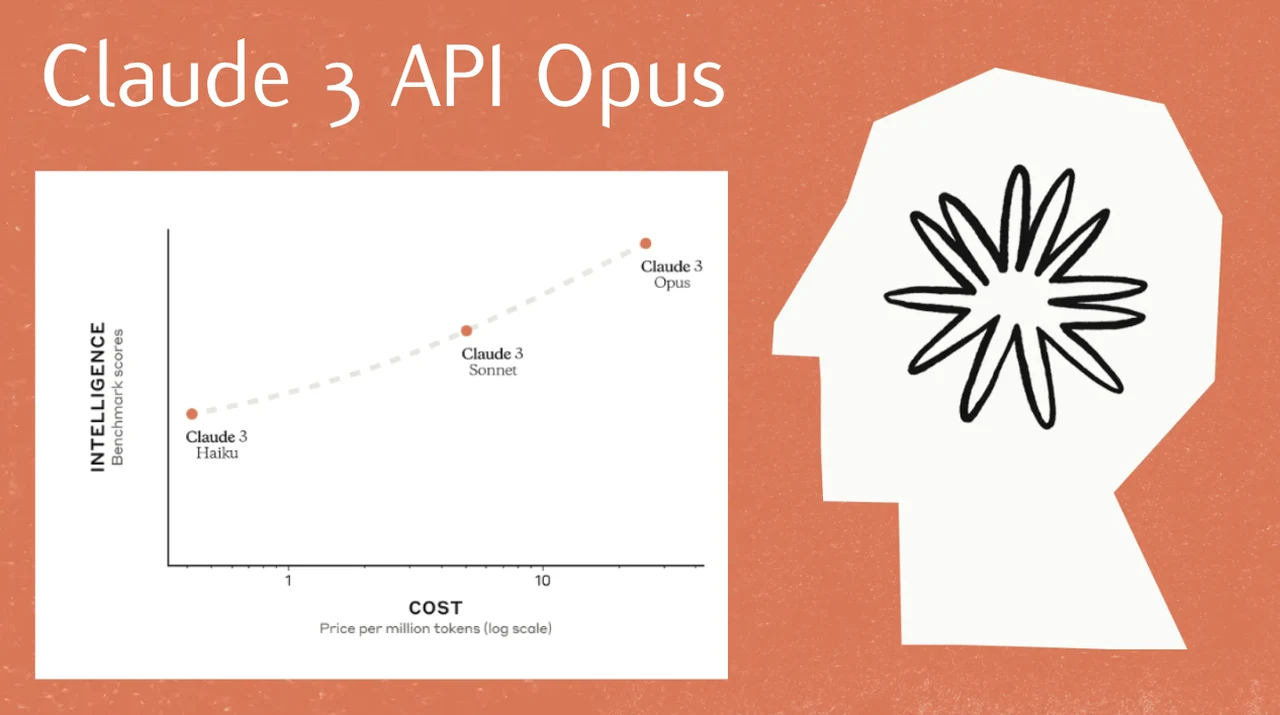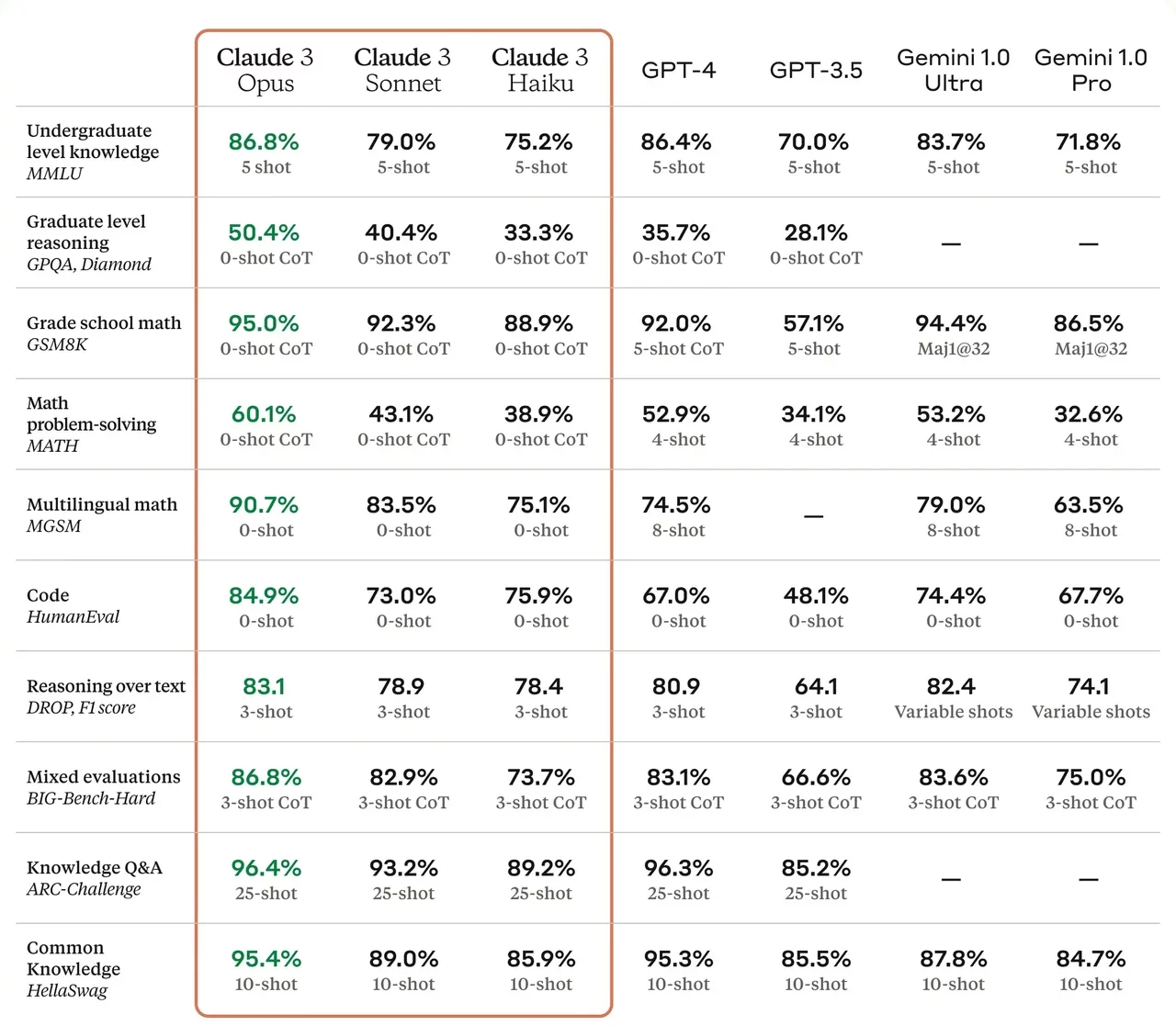[ad_1]

Earlier this week Anthropic surprise the AI community by releasing three new AI models making up the Claude 3 family. The three different-sized models: Haiku, Sonnet, and Opus are vision language models (VLMs), capable of processing both text and images. If you’re interested in learning more about the performance of the Claude 3 API Opus AI model you’re sure to be interested in the results comparison video created by the All About AI YouTube channel. Providing an overview of what you can expect.
Let’s start with the highlights. Claude 3 API Opus LLM has been tested on a variety of tasks that are crucial for today’s software applications. It’s shown remarkable skill in logical reasoning, handling complex, multi-step problems with what seems like ease. This suggests that it’s well-equipped for tasks that require deep, intricate thinking.
Claude 3 API Opus LLM performance tested
When it comes to coding, this model is quite the performer. It’s been tested on its ability to understand and generate Python code, animate data like Bitcoin price fluctuations, and even build functional websites from scratch. These are no small feats, and they point to the model’s potential as a valuable tool for developers, helping to speed up and streamline programming work.
Claude 3 Opus is Anthropic’s most intelligent model, with best-in-market performance on highly complex tasks. It can navigate open-ended prompts and sight-unseen scenarios with remarkable fluency and human-like understanding. Opus shows us the outer limits of what’s possible with generative AI. However, it’s not all smooth sailing. The model hit a few snags, particularly when it came to following complex system instructions that involved embedding hidden messages within sentences. This indicates that there’s room for improvement, and it’s an area that could benefit from additional training or algorithm adjustments.
Potential uses of Opus :
- Task automation: plan and execute complex actions across APIs and databases, interactive coding
- R&D: research review, brainstorming and hypothesis generation, drug discovery
- Strategy: advanced analysis of charts & graphs, financials and market trends, forecasting

Now, let’s talk about image analysis. The model was tasked with generating a Bitcoin price prediction for the year 2024, and it did so by creating a detailed graph. Although the prediction was a bit too optimistic, the ability of the model to turn visual information into a detailed report is noteworthy.
So, what does all this mean for you? If you’re in the field of software development or data analysis, Claude 3 API Opus LLM could be a powerful asset. Its strengths in logical reasoning and coding are clear, and its image analysis capabilities are promising. While it does have some areas that need refining—like its handling of advanced system instructions—the overall performance is a strong indicator of its potential to make a significant impact on API projects and beyond.
As we continue to push the boundaries of AI technology, it’s exciting to think about the improvements that lie ahead for models like Claude 3 API Opus LLM. With further development, it’s poised to become an even more valuable resource for the tech industry. So, keep an eye on this space, because the future of AI is unfolding right before our eyes, and it’s sure to bring some fascinating developments.
Filed Under: Technology News, Top News
Latest Geeky Gadgets Deals
Disclosure: Some of our articles include affiliate links. If you buy something through one of these links, Geeky Gadgets may earn an affiliate commission. Learn about our Disclosure Policy.
[ad_2]
Source Article Link

